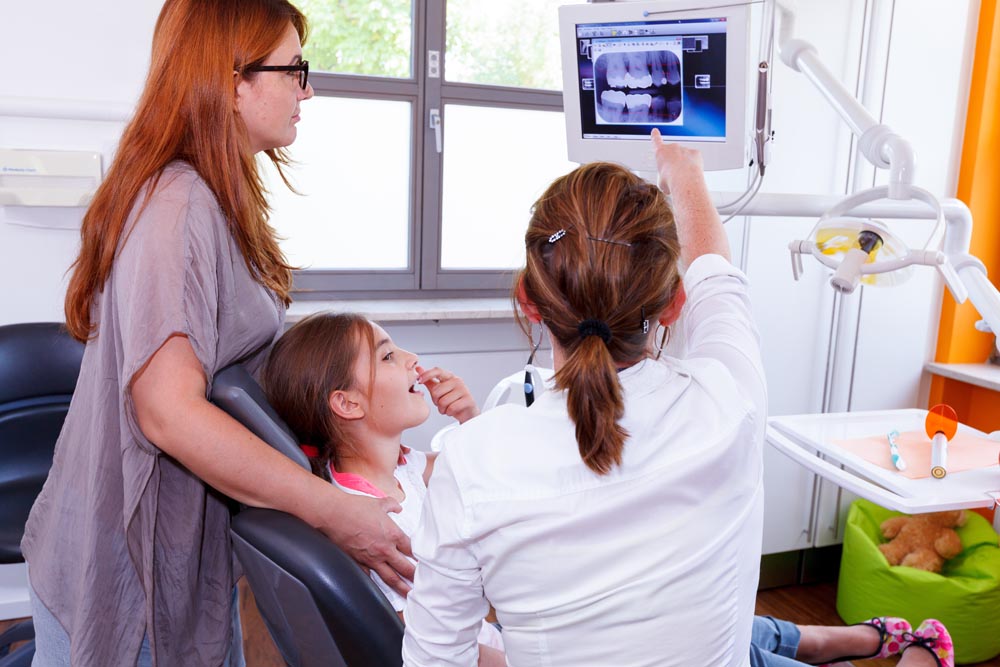Four Facts That You Should Know about Dental X-Rays

Here are a few facts that you should know about x-rays:
They are meant for everyone
X-rays are crucial in keeping healthy smiles for patients of all ages. Generally, children require more frequent x-rays (at least every six months) when compared to adults. X-rays are an essential diagnostic tool throughout childhood and adolescent stages of life as they help in ensuring proper tooth development and alignment, detect cavities early, and prevent other oral health problems. As we age, monitoring for tooth decay is essential because tooth loss and dental decay can cause problems with speech and the jawbone.
There are different types of x-rays
There are different kinds of dental x-rays such as panoramic x-rays, periapical x-rays, bitewing x-rays, among others. Each type of x-ray reveals a different view of your oral cavity. Bitewing x-rays are the most commonly used type of x-ray and are taken using an x-ray film inside the mouth and gives an image of the crown-to-bone area of the lower and upper teeth. Periapical x-rays mainly focus on one or two teeth and give details of the areas between the crown and the root.
Occlusal or palatal x-rays display an image of all the teeth in the upper or lower jaw at a given time. Panoramic x-rays are usually taken outside the mouth using a machine that rotates around the head of the patient and it captures an image of the entire mouth at one time. Dentists use panoramic x-rays for checking jaw problems, planning dental implants and detecting any implanted wisdom teeth.
X-Rays are incredibly safe
Many people always question whether x-rays are safe. This is because they are concerned about exposure to radiation. X-rays expose patients to minimal radiation amounts in medical testing. Furthermore, newer digital x-rays will only expose people to a fraction of what is generated by conventional x-rays. This means that these x-rays are safe for you and your family.
X-Rays are innovative tools
X-rays used in the dental field are evolving with advancing technology and patients expect cutting-edge technology from their dentist. Digital x-rays deliver less than 10% of the radiation exposure of conventional x-rays. They are also faster and more comfortable than traditional x-rays. With the use of a small electronic sensor, your dentist can quickly capture images and they will be displayed on a computer screen within seconds. With cutting-edge digital x-rays, patients enjoy faster services, less bulky equipment, and less radiation exposure.
X-rays are important diagnostic tools that can help to prevent oral problems before they start. They give a dentist the ability to detect oral health problems that are undetectable during the normal oral exam. They give a thorough look of the oral cavity, between teeth, into the bones of the jaw, and underneath your gums, something that is impossible with the naked eye.


Recent Comments